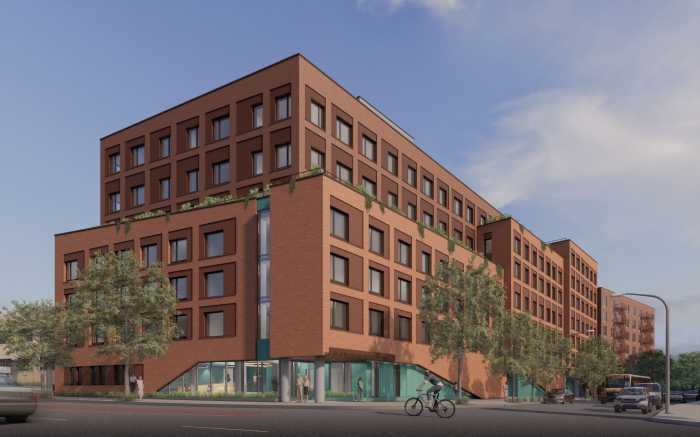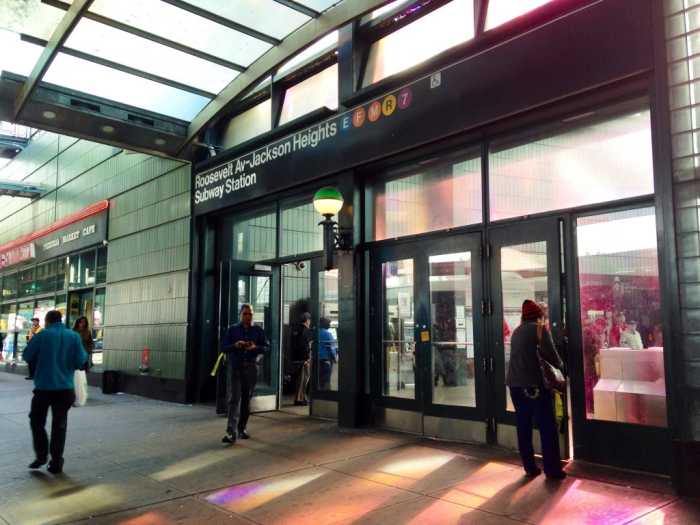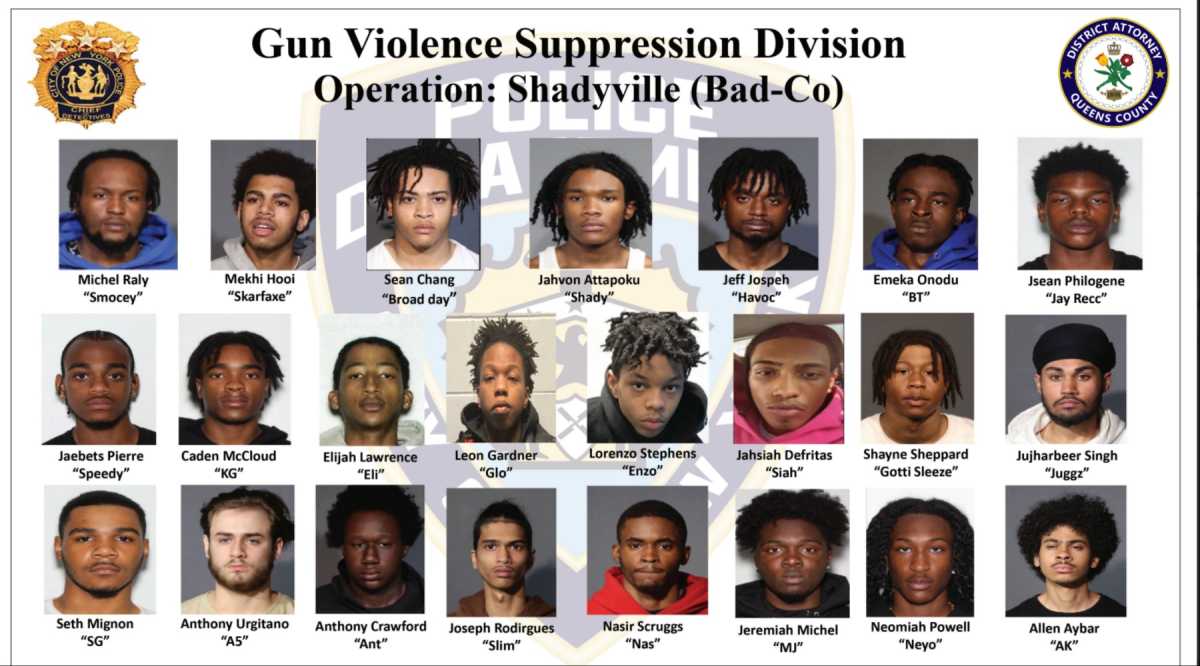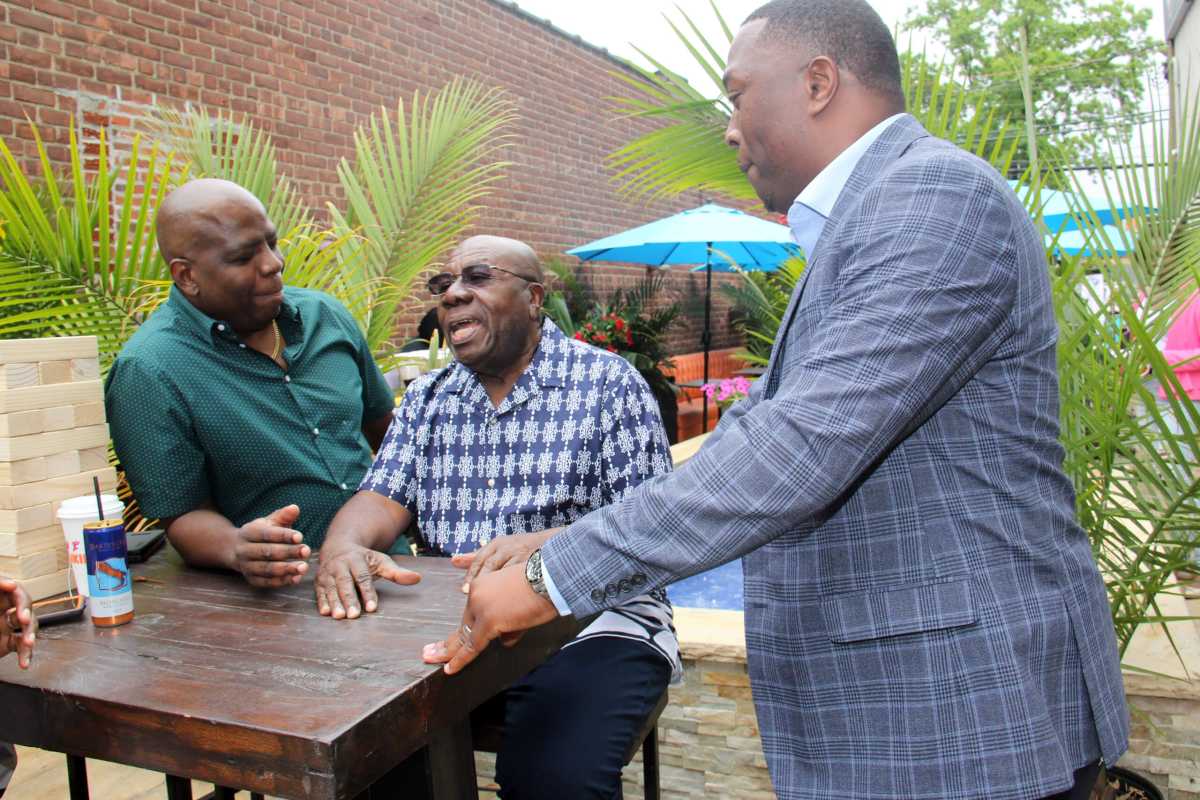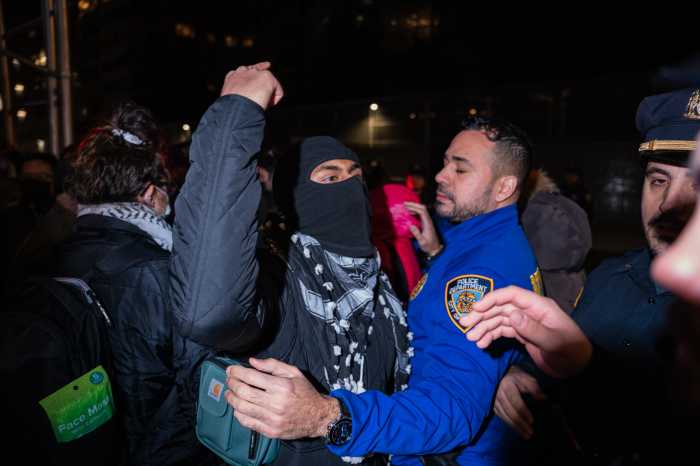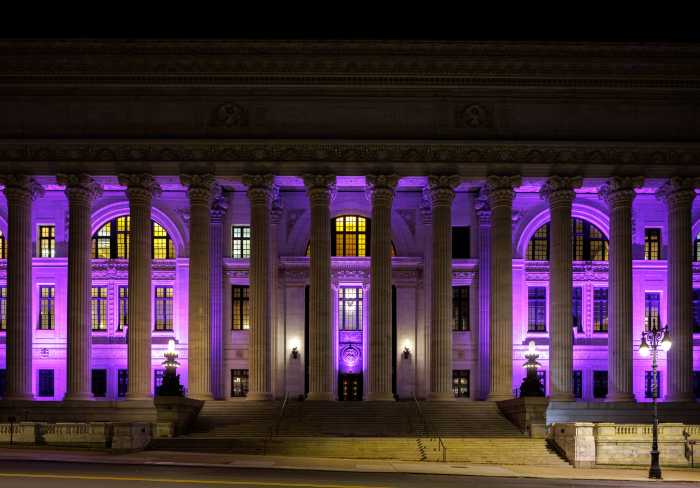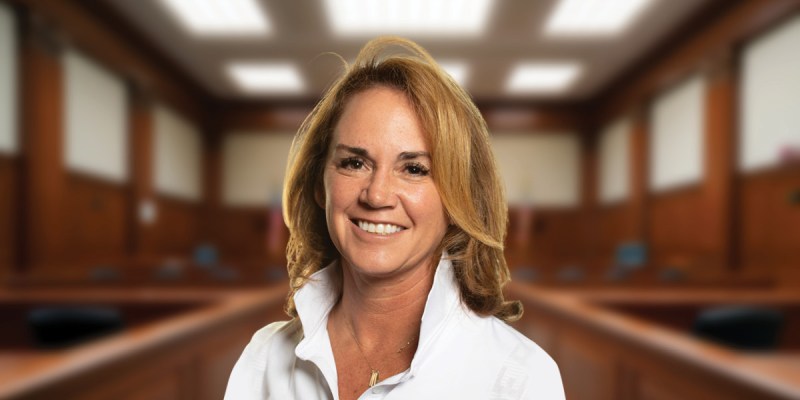Mayor On Board With Power Study
The city’s Office of Long-Term Planning and Sustainability will soon begin a study of the overhead power line network and the costs of moving the wires underground through legislation signed into law by Mayor Michael Bloomberg on Monday, Feb. 25, at a City Hall ceremony.
“During major storms, many above-ground power lines are susceptible to failure or damage as a result of falling trees and strong winds,” Bloomberg said in signing the bill, Intro. No. 985-A, which had passed the City Council unanimously on Feb. 6. “This legislation will require that a report be commissioned by the Office of Long-Term Planning and Sustainability that studies weather-related outages of both above-ground power lines and below-ground power lines and their associated costs.”
“This report will include recommendations of where it may be practical to consider relocating above-ground power lines to underground locations,” Bloomberg added.
According to the terms of the bill, the agency has six months to complete the study and submit a report to the mayor and the City Council. The agency will examine outages caused by weather events in New York City over the last five years and compare and contrast the aftermath in areas served separately by overhead and underground lines.
The legislation was supported in the City Council by several representatives of neighborhoods powered by overhead lines which were downed in weather events such as Hurricane Sandy. The superstorm’s high winds toppled poles and trees, bringing down lines serving areas such as Maspeth, Middle Village, Glendale, Forest Hills and Woodhaven.
Among the law’s biggest supporters was City Council Member Elizabeth Crowley, who has campaigned for shifting overhead lines into underground ducts since the September 2010 macroburst which knocked down trees and wires in her district.
In an interview with the Times Newsweekly earlier this month, Crowley stated that power outages resulting from toppled wires are a frequent occurrence in areas such as Maspeth and Middle Village, specifically during and after heavy thunderstorms.
She commented at the time that, while she supported Intro. No. 985- A, “I don’t believe we need a study to tell us we need the wires moved underground.”
Con Edison has publicly stated the relocation of above-ground wires into underground ducts would be costly to the company-and later to consumers in the form of higher electric rates. The utility estimated that it costs several thousands of dollars per mile to accomplish this task.
Nonetheless, in the wake of Hurricane Sandy, Con Edison indicated in a press release that “putting major overhead power lines underground is … a consideration and will be examined in greater detail.”

